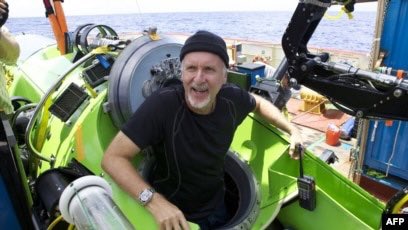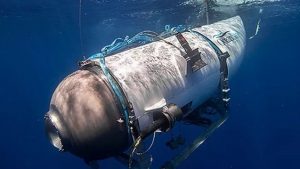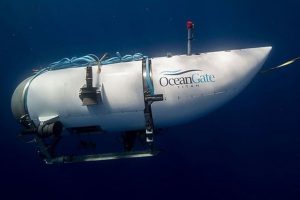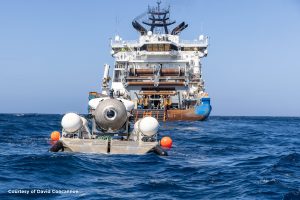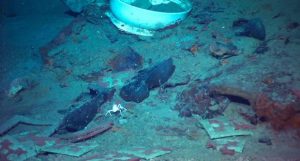The Titanic-bound submersible that went missing on June 18 with five people on board may have suffered a “catastrophic implosion,” resulting in the death of everyone on board, US Coast Guard Rear Adm. John Mauger said in a press conference on Thursday. The tail cone of the Titan submersible was found approximately 1,600 feet away from the bow of the shipwreck.
Director James Cameron, renowned for his blockbuster movie Titanic, has been captivated by the tragedy since its discovery in 1985 by oceanographer Robert Ballard. Cameron’s deep interest in the subject led him to make the iconic film and ultimately justified his multiple expeditions to explore the Titanic’s remains.
Cameron has made at least 33 trips to the wreckage, spending more time there than the Titanic’s own captain. With a profound reverence for the site, he has described the Titanic as a testament to human hubris. However, one of his expeditions holds a particularly poignant memory—the journey that coincided with the fateful day of September 11, 2001.
Unaware of the catastrophic events unfolding on the surface, Cameron and his team completed their dive to the wreckage. It was only upon resurfacing that the director learned about the terrorist attacks that claimed thousands of lives. This revelation prompted a reflective moment for Cameron and his crew, questioning the significance of their underwater exploration amidst such a tragedy.
Also read | How is Elon Musk connected to OceanGate’s missing Titanic submersible?
Cameron had been shooting footage for the documentary Ghosts of the Abyss, a project that sought to capture the Titanic’s disintegrating remains. The following day, the crew collectively realized how trivial their expedition had become in the face of the immense loss and devastation caused by the 9/11 attacks.
Having made over 70 dives, including 33 to the Titanic itself, Cameron has logged more hours exploring the shipwreck than its original captain. Differentiating between a submersible and a submarine, Cameron emphasizes the importance of surface support for the former.
Cameron perceives the wreckage as sacred ground and a monument that resonates deeply with people symbolically.

